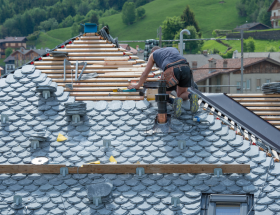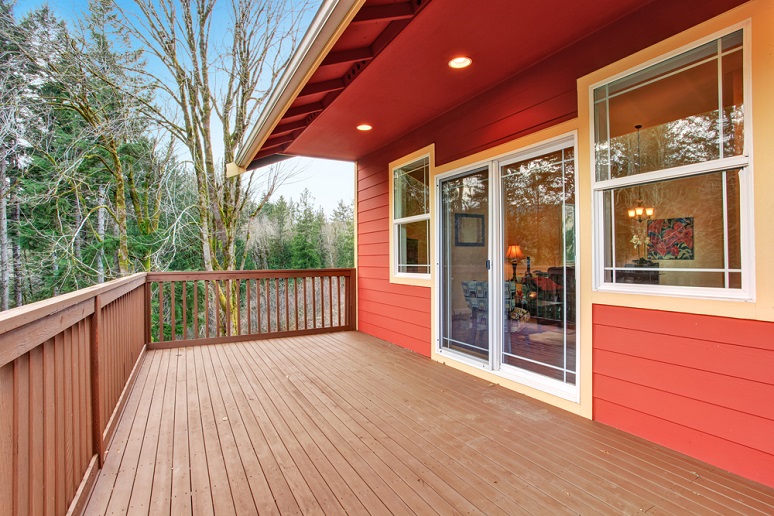Builders and architects have a vast range of materials and techniques to choose from when constructing buildings. Sandstone is a highly renowned and enduring material that has stood the test of time. It has been a preferred choice for construction for centuries, owing to its remarkable versatility, resilience, and inherent aesthetic charm. Even today, it remains a popular option among builders and designers, who continue to appreciate its exceptional qualities and durability.
Sandstone rock is a type of sedimentary rock composed of sand-sized grains of minerals, rocks, or organic materials. Sandstone is a globally ubiquitous rock that is available in an array of colors and textures, ranging from the palest beige to the darkest red and featuring a spectrum of surfaces from smooth to rugged. This diversity of characteristics, combined with sandstone’s innate beauty and durability, render it a top pick for numerous construction applications, including the creation of building facades, paving, roofing, and ornamental accents. Let us explore the many applications and uses of sandstone rock in construction, highlighting its unique properties and benefits as a building material.
The History of Sandstone
Sandstone is formed by the erosion of rocks, which generates sediment that is carried away by wind or water. The formation of sandstone involves the deposition of sediment in layers that undergo a gradual process of compaction and cementation to transform into solid rock. Sandstone primarily comprises mineral particles that are the size of sand, including quartz, feldspar, and mica, which are consolidated by various minerals such as silica, calcium carbonate, or iron oxide.
Throughout history, people have used sandstone rock as a building material due to its durability, versatility, and aesthetic qualities. The ancient Egyptians used it to create temples and tombs, while the Greeks and Romans used it for buildings, bridges, and sculptures. During the Middle Ages, castles and fortifications were constructed with sandstone, and it continued to be popular in the Renaissance for decorative features such as fountains and columns.
Today, sandstone rock remains a popular choice in construction and landscaping, as well as for decorative purposes. Its natural beauty and unique texture make it a favored choice for everything from retaining walls and walkways to countertops and fireplaces. Despite its long history, the appeal of sandstone endures, and it remains a significant part of human culture and architecture.
Applications of Sandstone in Construction
Sandstone is a highly versatile material widely used in construction:
#1. Building Facades: Sandstone is a preferred choice for building facades because of its durability and aesthetic appeal. It can be cut into various shapes and sizes, allowing for intricate designs and patterns that enhance the exterior of buildings. The material’s unique texture and color can blend seamlessly with the environment and provide a visually appealing look.
#2. Retaining Walls: Sandstone is ideal for constructing retaining walls due to its strength and durability. It can withstand the pressure of soil and water while providing an attractive and timeless look.
#3. Flooring: Sandstone is also a popular choice for flooring in high-traffic areas, such as hallways and entryways. Its slip-resistant properties and durability make it an excellent option. The material can be honed, polished, or left in its natural state, providing several design options.
#4. Paving: Sandstone is a frequently employed material in outdoor paving, owing to its inherent texture and resistance to slippage. Its exceptional endurance against the elements makes it an excellent option for constructing patios, walkways, and driveways that are built to last. Thus, sandstone proves to be a resilient and long-lasting choice for outdoor use.
Sustainable Use of Sandstone in Construction
The sustainable use of sandstone rock in construction involves implementing environmentally friendly methods for quarrying, processing, and transporting sandstone. This requires using renewable energy sources like solar and wind power to operate equipment for quarrying and processing sandstone. Efficient transportation methods like rail and water transport must be utilized to minimize the carbon footprint during sandstone transportation.
To reduce the carbon footprint associated with transportation, eco-friendly construction methods must also be employed. This includes using locally sourced sandstone from quarries located close to construction sites, which minimizes the distance travelled for transportation.
Another vital aspect of sustainable sandstone rock use is maximizing the efficient use of sandstone in building design without compromising on aesthetics or durability. This can be achieved by employing innovative building materials and techniques such as precast concrete panels that resemble the texture and color of the sandstone.
Sandstone rock has been a favored choice for construction projects across the world, from historic buildings to contemporary architectural designs. The industry anticipates even more groundbreaking techniques to utilize sandstone rock in construction as technology advances, further establishing its importance in the field.









